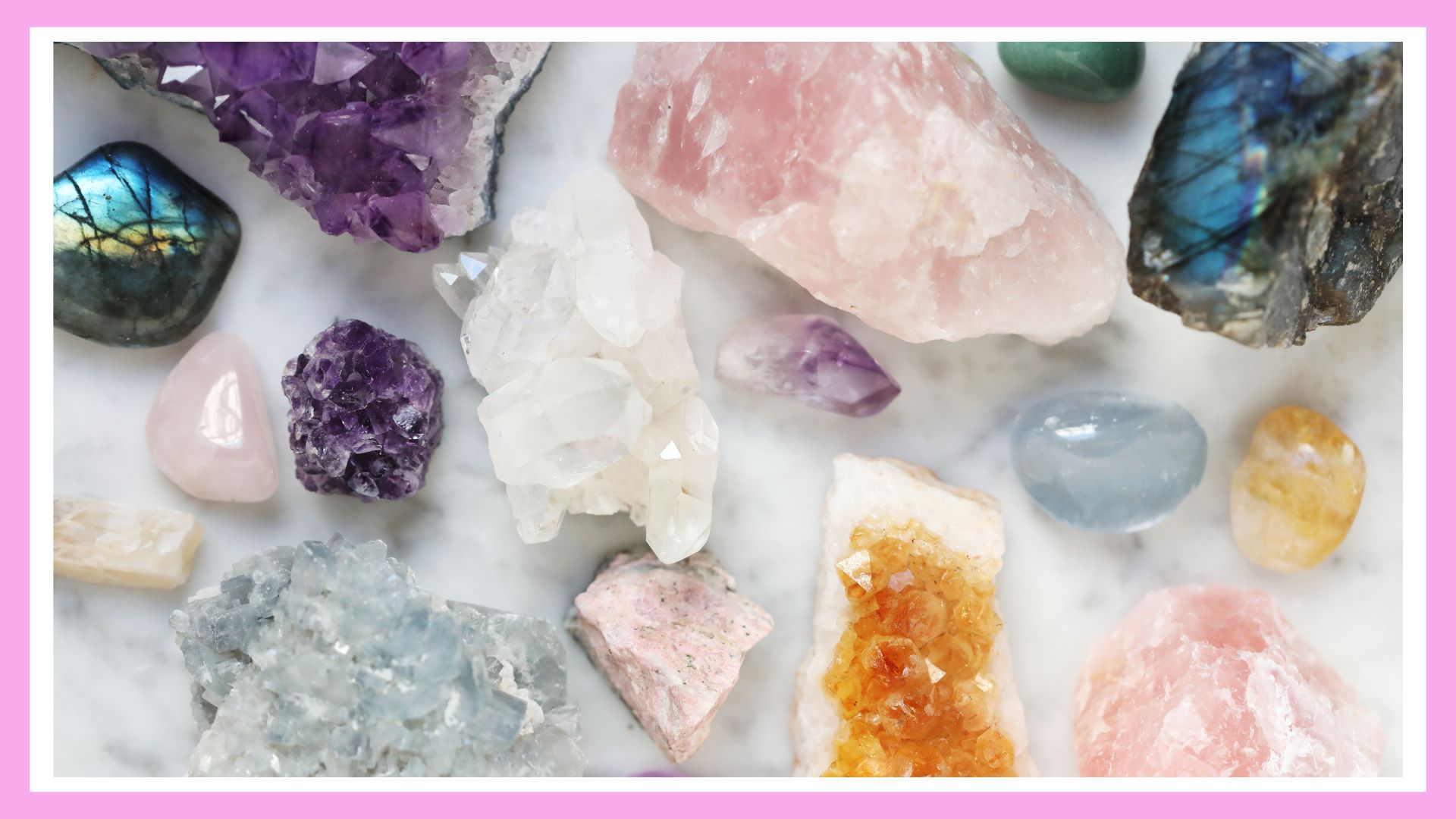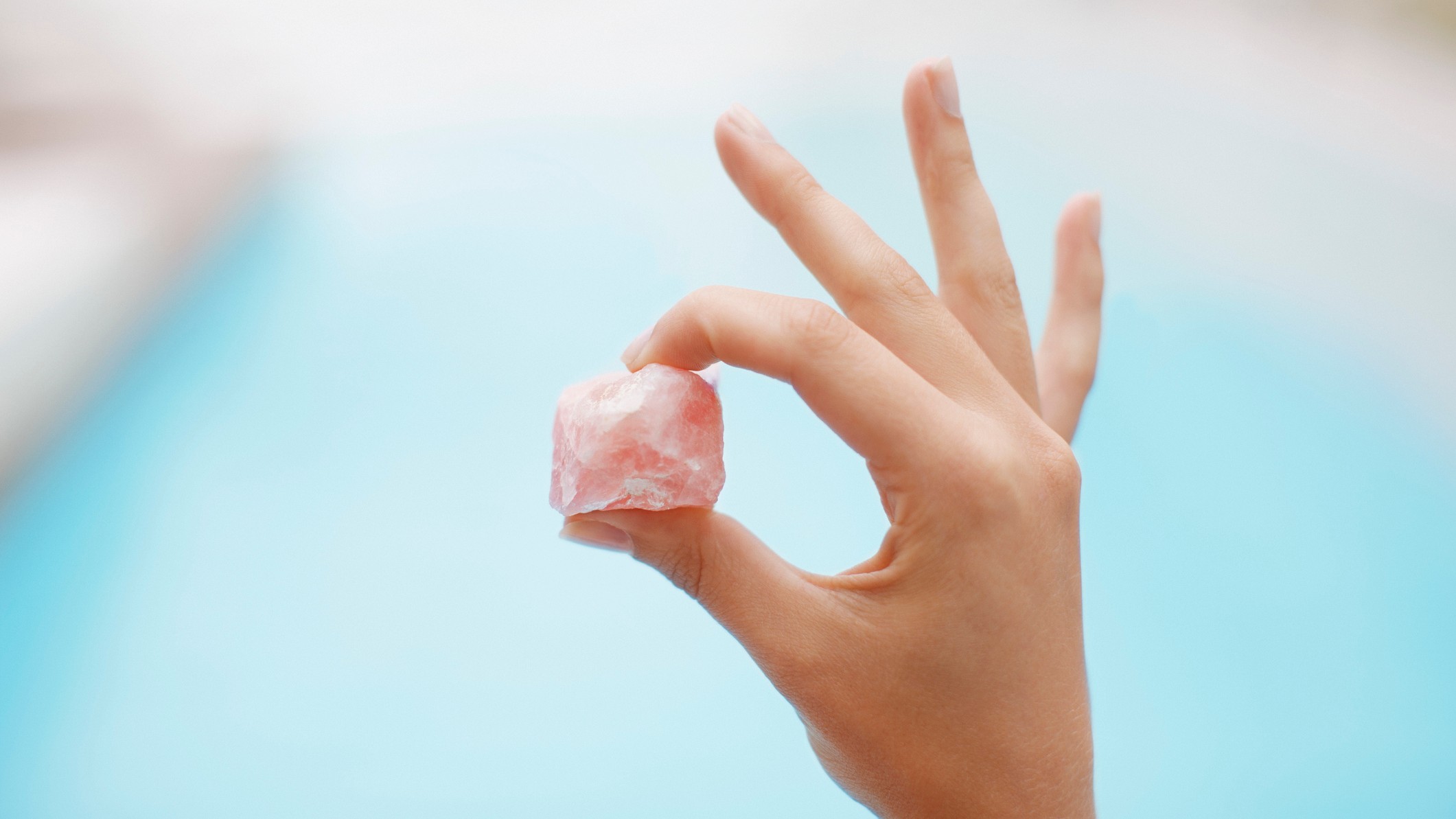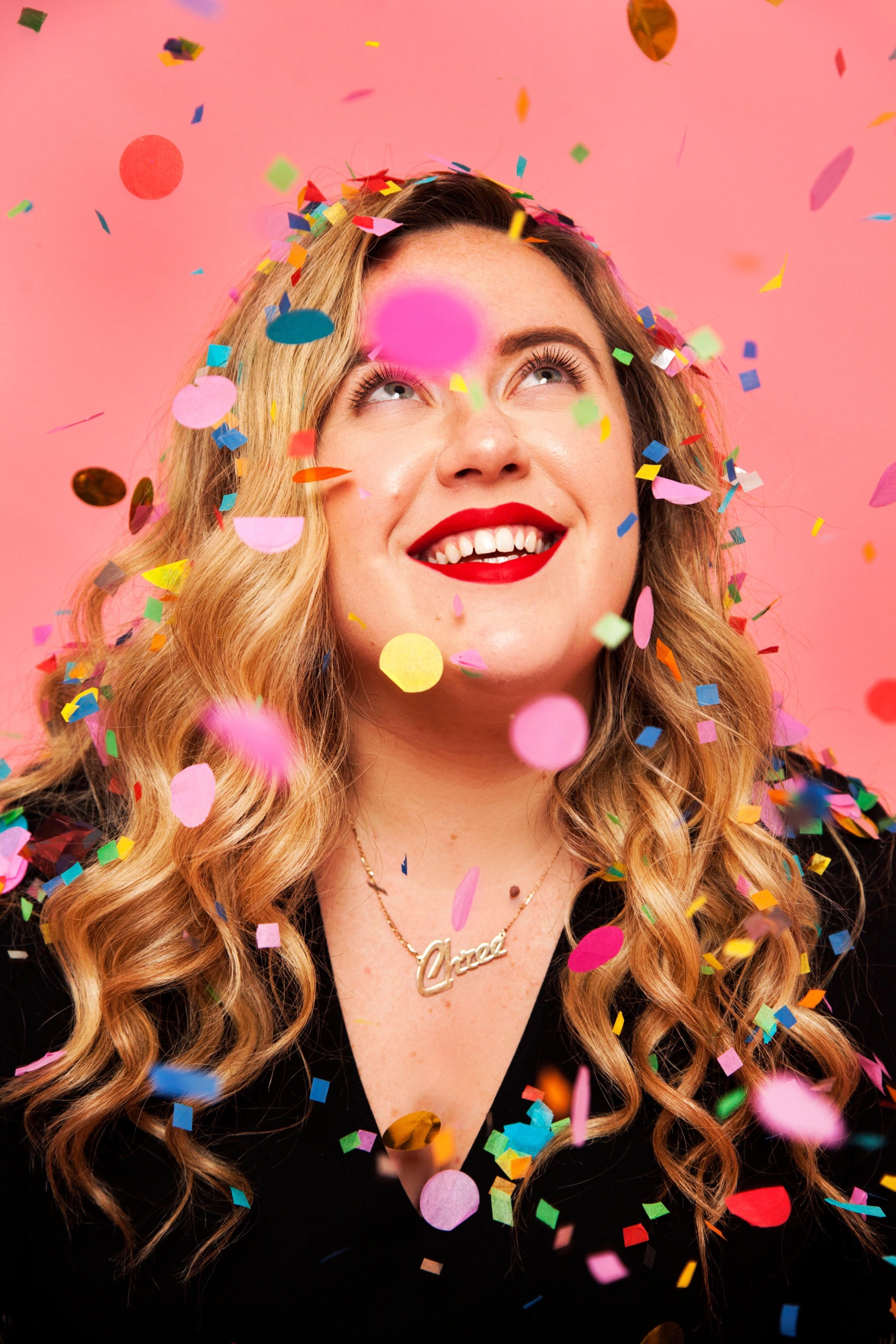8 facts about crystals that you probably didn't know
These facts about crystals may surprise you—but they're a fascinating insight into the world of our favorite gemstones


Whether you wear them, display them or even use them in spells, you have to admit that crystals are among the more fascinating items to come from our earth.
A crystal is anything with a crystalline structure under a microscope; everything from diamonds and rubies to that ball of rutilated quartz on your bookshelf is considered a crystal. While they've typically been used as decorative items (guilty!), crystals are now becoming hugely popular for their supposed manifestation powers—many now use crystals for protection, good luck or healing purposes.
If you're still learning about these beautiful gems, a crystals for beginners crash course is a good place to start. When you're ready to dive a little deeper, you'll find tons of amazing scientific facts about crystals, shedding a little light on these mystic beauties.
8 facts about crystals you probably didn't know:
1. Crystals have been revered for thousands of years
The idea that a crystal can calm you down (many use crystals for anxiety), make you healthier or bring you wealth, is not new at all. The trend of using crystals for purposes other than the cosmetic may seem like something that only came about in the 1960s, with that decade's groovy emphasis on spirituality, but that's not entirely the case.
In reality, records show that crystals were thought to have healing and protective qualities thousands of years ago in places like Egypt, Greece and China.
Crystals then had a huge resurgence in the 1980s with the emergence of the New Age movement, and have often been grouped together with other spiritual practices such as meditation, yoga and mindfulness. The idea of using crystals for healing has arguably surged in popularity in the last few years too, with creators and influencers regularly espousing their benefits on social media platforms like TikTok.

2. Some crystals disintegrate in water
A rock-hard crystal might seem like it could last forever, but some crystals are so chemically fragile that they'll actually dissolve in water.
Selenite is among the most notorious for this. It won't disappear immediately like cotton candy in water, but even running it under water in the sink can wear down the crystal's finish, enough to make the surface noticeably different.
So, if you're into the crystal water trend (placing a crystal inside your water bottle), never use selenite or any mineral that can disintegrate in water—and take a look at our full guide to cleansing your crystals to ensure you don't damage yours.
3. Some crystals crack without water
At the other end of the spectrum are crystals and minerals that need to be kept moist, like opal. Opals extracted from newly excavated earth are often called wet opals, and they need to be stored and displayed in water. They can be dried, but it's a tricky process.
If you dig at mines in places like Nevada, you're advised to have a bucket of water ready for opals you've retrieved from newer, moist dirt and a dry bucket for opals from older, drier earth.
If you buy a cut or polished opal that was not stored in water, you don't need to place it in liquid, as it will have been treated properly before being sold. But if you buy an opal that's displayed in a closed, water-filled container, do not remove the crystal at any point.

4. Substitutes and modifications are common
It pays to get your crystals and gems from a reputable dealer because confusion between certain mineral groups is common. One of the better-known imposters is spinel. It is a crystal that comes in several different colors and was long confused with rubies and sapphires—so if you're buying either of those crystals, make sure it is from a reputable seller.
Crystals can be modified, too, to make them look like other stones. Heat treating is very common. For example, purple amethyst and yellow citrine are naturally occurring crystals, but if you heat treat purple amethyst, you can change the color to make it look like yellow citrine.
It's best to buy crystals from independent, certified sellers, either online or in person—in fact, it's even better to buy them in person, to enable you to check out or ask about their credentials.
5. You can use some crystals in pairs or groups
Did you know that you can use crystals together for the purpose of manifestation? Some crystals work together really well to heal and strengthen your energy. For example, rose quartz and celestite (a light blue crystal) are a beautiful pair of crystals that you can use with your heart and throat chakras. Or, you can use rose quartz and amethyst for calm, unconditional love—if you need crystals for good luck!
Remember that personal preference also plays a role in crystal use, so if you don't like crystals that are commonly paired, you don't have to use them together. Be led by your gut and your own desires with it.
6. Quartz can heal itself
The quartz points that you buy—quartz is typically spiky, with a pointed edge—were most likely found during mining, having broken off the main cluster. Many of these points display something called self-healing, on their broken end. The quartz, once broken off, starts to grow new little crystals on that end. If you see a quartz point with the cluster end full of little scalelike forms or little points, you've likely got yourself a self-healing quartz!

7. Crystals have species
Yes, like animals, crystals and minerals have species. These are groupings of minerals that share the same basic chemical makeup. Each species has varieties within it that vary by color, which is usually caused by the inclusion of another mineral. Common mineral species include quartz, beryl and corundum.
Where it gets really interesting is that a lot of the minerals we think are separate crystals are actually the same mineral, just a different color. For example, rubies and sapphires are both varieties of corundum, where one is red corundum and the other is blue. Amethyst is simply purple quartz. And morganite, emerald and aquamarine are all forms of the beryl family. Who knew?
8. Crystals can fade when exposed to light
If you've ever noticed the sun fading your hair color or your carpets, a similar phenomenon can happen with crystals where they are exposed to direct sunlight. For example, semi-transparent crystals can fade noticeably over time, so it's best to store them out of direct light—yes, that means no windowsills!
Other types of crystals, like crystal balls or lead crystals, should always be kept away from sunlight. These tend to be made of glass and magnify the heat of the sunlight, which can start a fire in extreme cases.
Whether you want to use crystals as part of a self-care routine or your spiritual process, you're going to have a lot of fun investigating which crystals seem to work better for you than others.
Christina Izzo is the Deputy Editor of My Imperfect Life.
More generally, she is a writer-editor covering food and drink, travel, lifestyle and culture in New York City. She was previously the Features Editor at Rachael Ray In Season and Reveal, as well as the Food & Drink Editor and chief restaurant critic at Time Out New York.
When she’s not doing all that, she can probably be found eating cheese somewhere.
